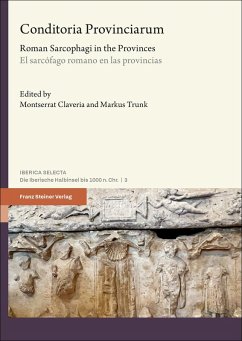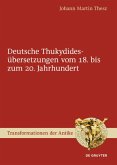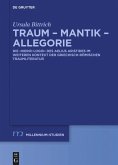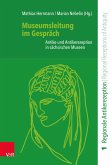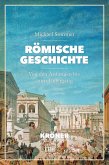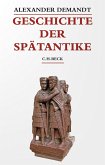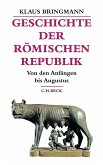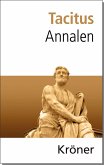Roman sarcophagi belong to the most important group of monuments in Roman art. This volume includes new findings and research on their shapes and use as well as regional differences in the provinces of the Roman Empire. The geographic scope ranges from Judaea (Jerusalem) via Asia Minor (Ephesos), Greece and Macedonia, Moesia and Pannonia to Italy, Gallia and finally the Iberian Peninsula, the time frame stretches from the earliest Roman sarcophagi burials to late antiquity.
In addition, the volume brings forward results of archaeometric analysis as well as epigraphic evidence. Questions about polychromy are also considered, just like problems of restoration and storage of sarcophagi, including their reception, reutilization and importance in European collections of the 18th and 20th century. Thus, the articles represent a current review of the state of research on the field of sarcophagi research in the Roman provinces.
In addition, the volume brings forward results of archaeometric analysis as well as epigraphic evidence. Questions about polychromy are also considered, just like problems of restoration and storage of sarcophagi, including their reception, reutilization and importance in European collections of the 18th and 20th century. Thus, the articles represent a current review of the state of research on the field of sarcophagi research in the Roman provinces.

